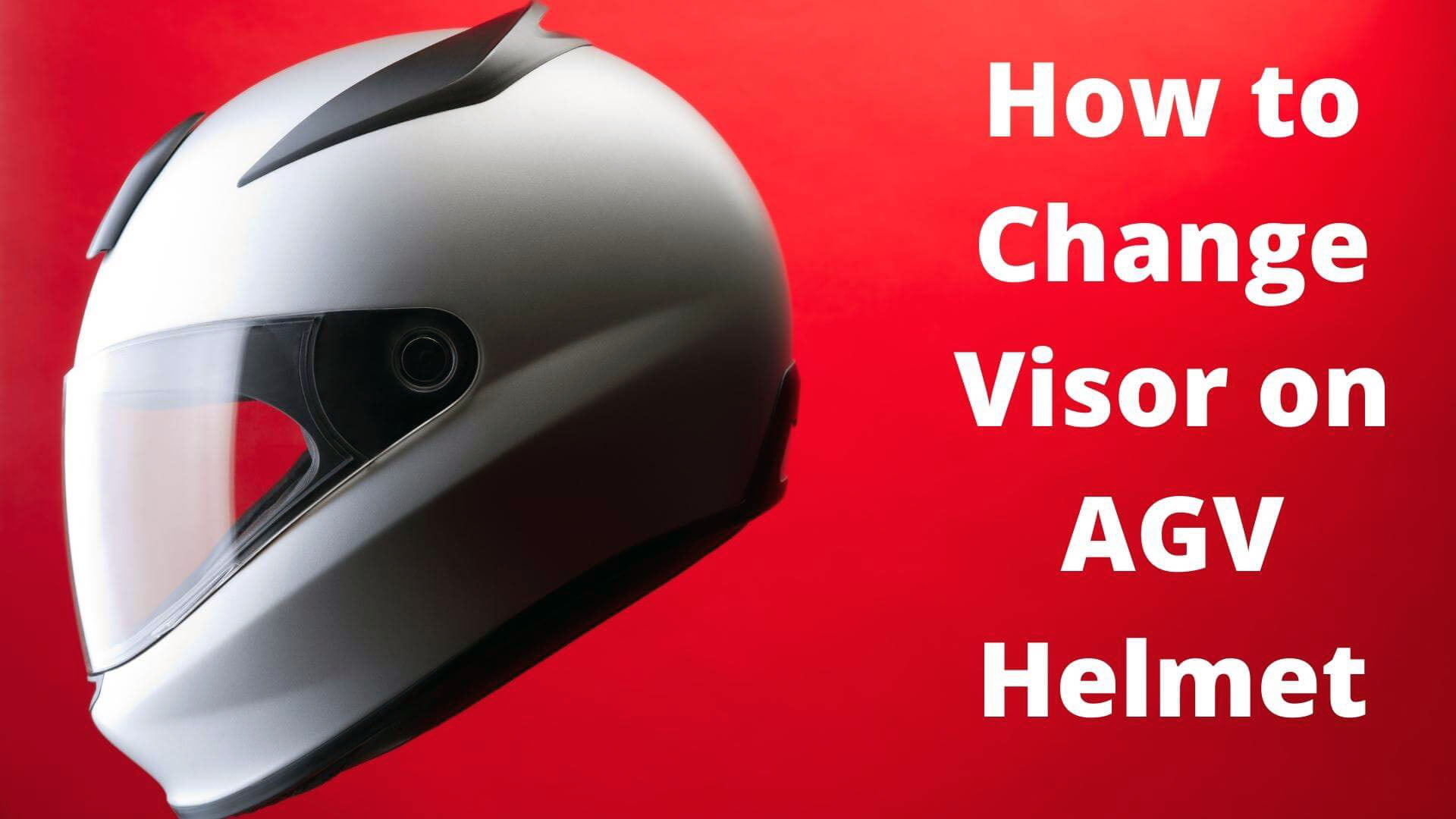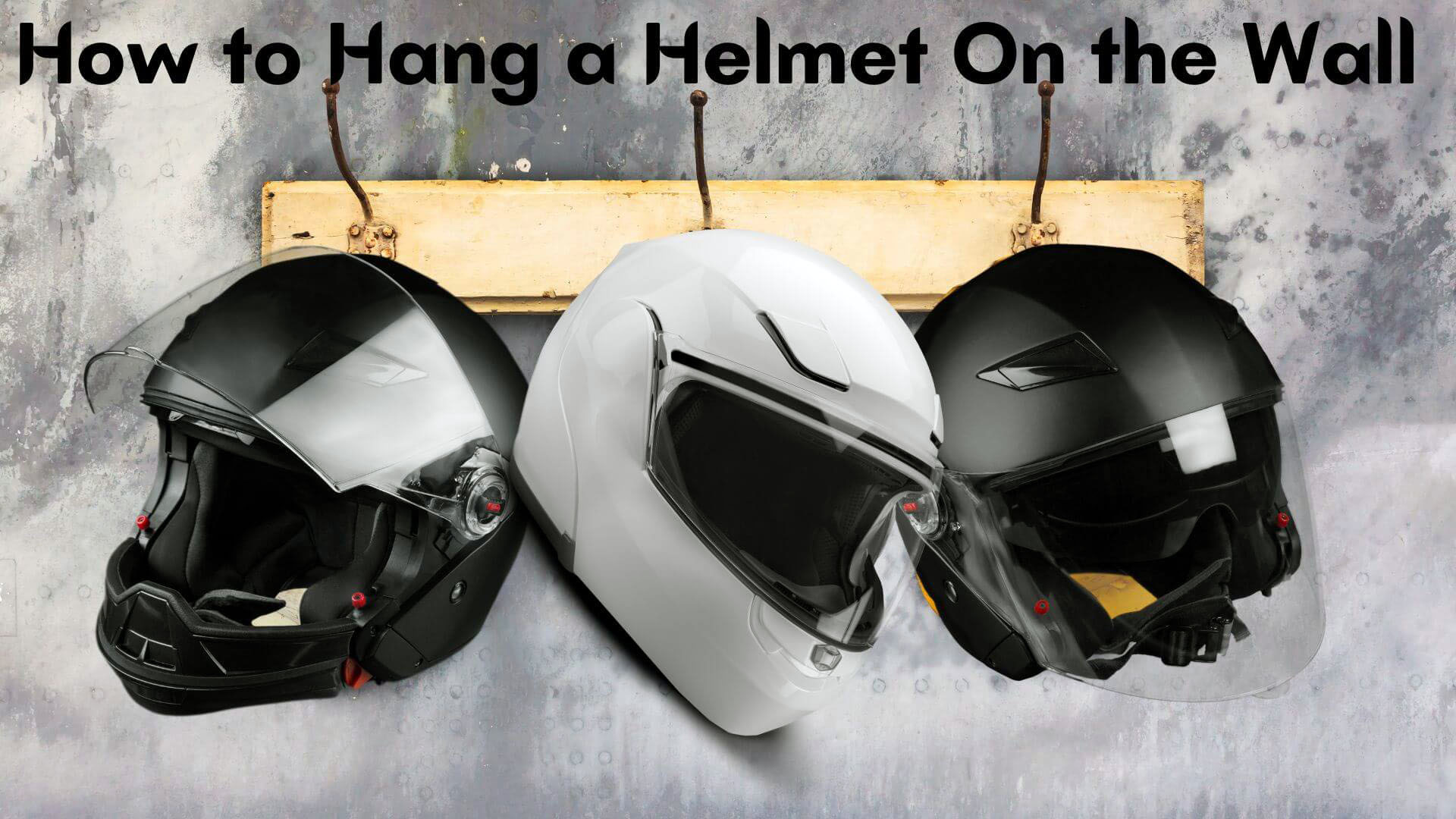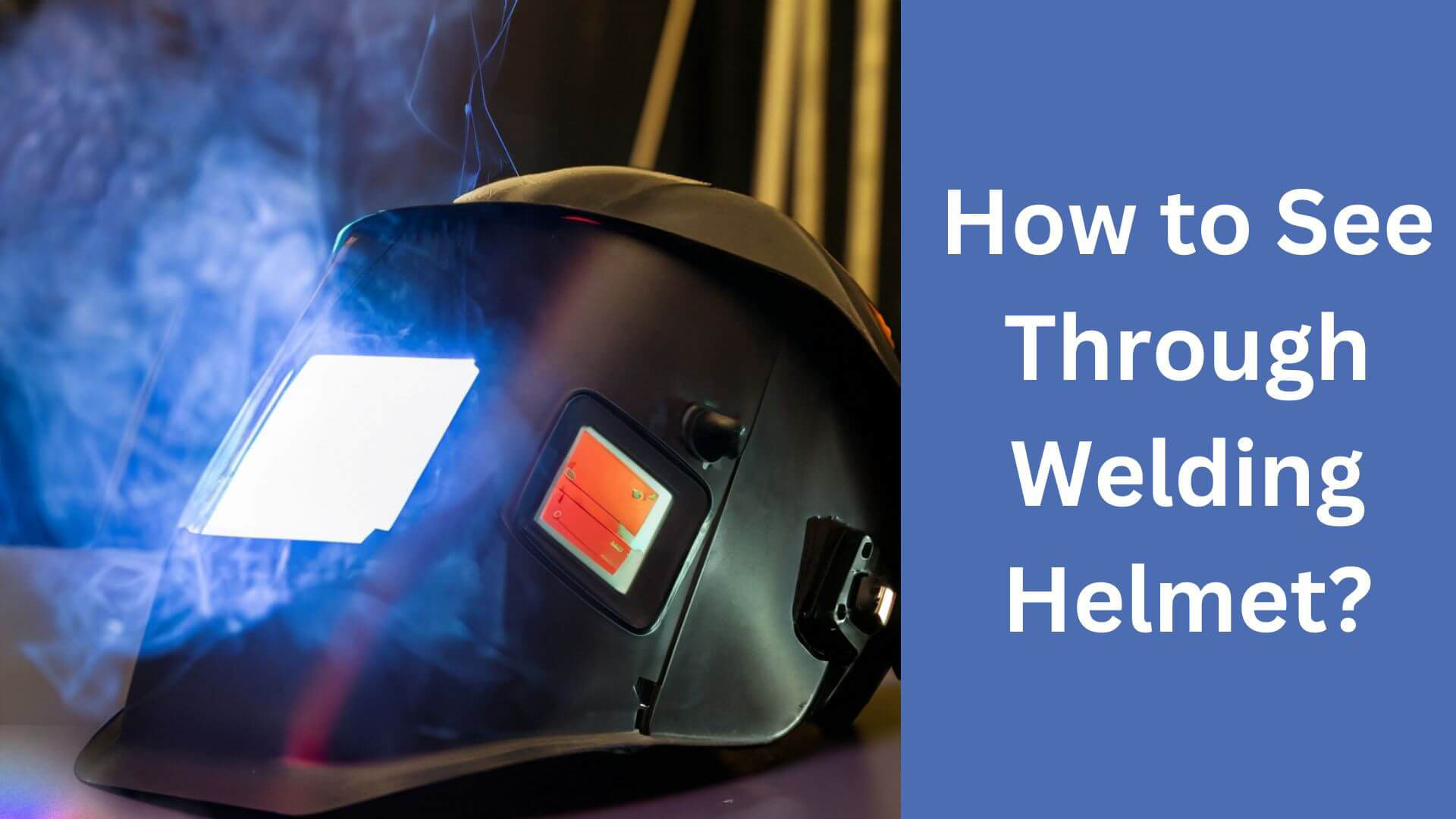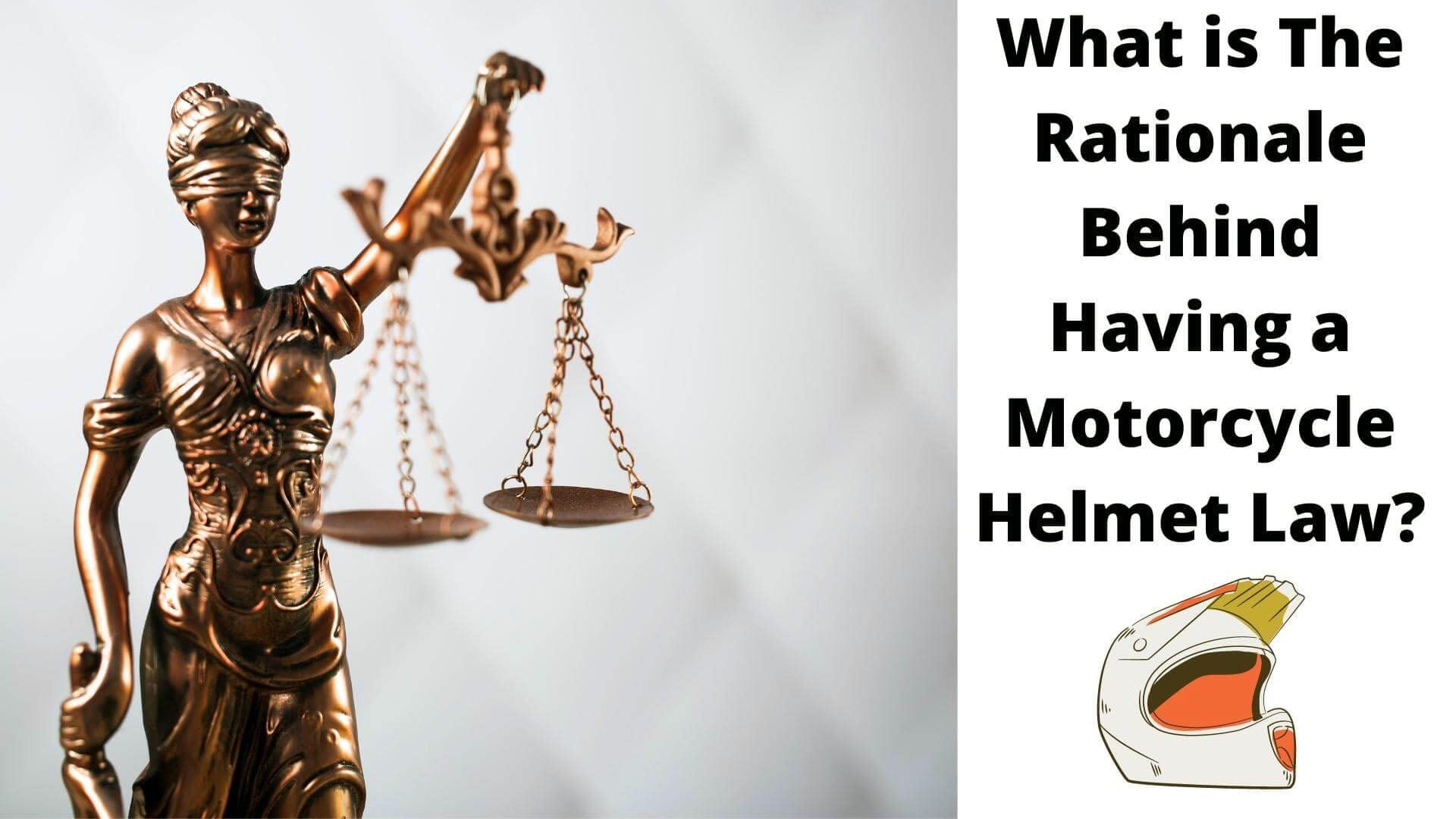The Importance of MIPS in Gravel Bike Helmets?

Attention all gravel bikers! Have you ever considered the importance of MIPS in your gravel bike helmet? If not, it’s time to take note. MIPS, or Multi-Directional Impact Protection System, is a revolutionary technology that has changed your perception of helmet safety.
It’s designed to protect your brain from the rotational forces that can occur during an impact. So, what does that mean for you? It means you can ride confidently, knowing you have the best protection possible.
In this article, I’ll dive into the details of MIPS in gravel bike helmets, why it’s so important, and how it can make a difference in your ride. So sit back, relax, and explore the world of MIPS together.
Why MIPS Technology is Essential for Gravel Bike Helmets
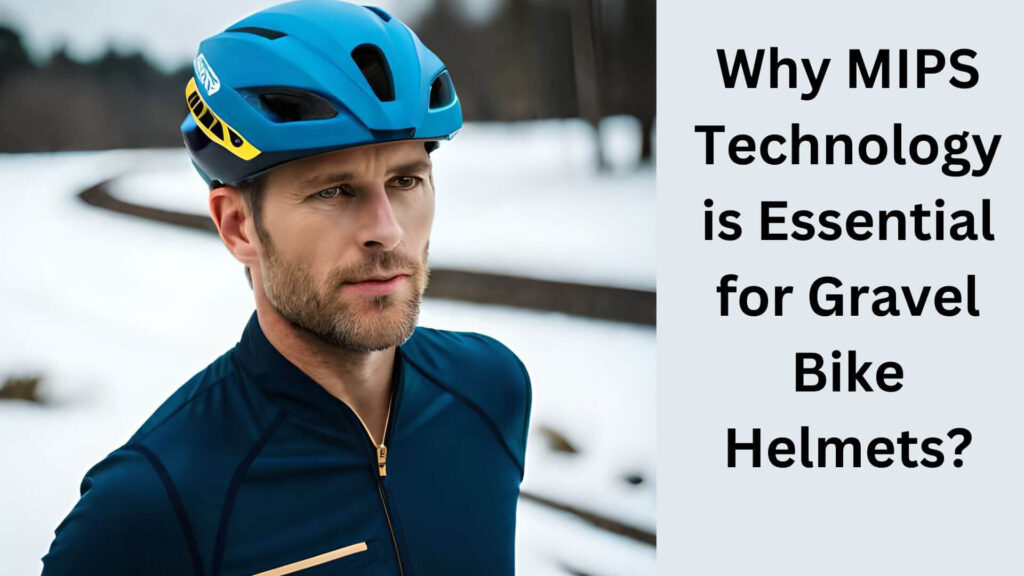
Here are some key points explaining why MIPS technology is essential for gravel bike helmets:
- Rotational Forces: Traditional bike helmets are designed to protect against direct impacts but don’t address the issue of rotational forces. When a rider falls or crashes, the head can experience both linear and rotational forces, which can cause serious brain injuries. MIPS technology is designed to address rotational forces and reduce the risk of brain injuries.
- Brain Protection: During a bike crash, the brain is one of the body’s most vulnerable parts. A MIPS helmet helps to protect the brain by allowing the helmet to rotate slightly upon impact, which reduces the rotational forces that can cause brain injuries.
- Gravel Biking: Gravel biking is a high-intensity sport with a high risk of falls and crashes. The uneven terrain and unpredictable obstacles can make it difficult to maintain balance and control, increasing the risk of head injuries. A MIPS helmet protects the head and reduces the risk of serious injuries.
- Industry Standards: The bike industry has recognised the importance of MIPS technology and has started incorporating it into more helmet designs. Many experts believe that MIPS technology will soon become a standard feature of all high-quality bike helmets.
- Peace of Mind: By selecting a MIPS helmet, riders can feel assured that they are taking measures to safeguard themselves against severe head injuries, providing them with peace of mind. Investing in a high-quality helmet with MIPS technology is a smart choice for anyone who wants to prioritise safety while enjoying the thrill of gravel biking.
Read More: Gravel Bike Helmet vs Road Bike Helmet
How MIPS Works in Gravel Bike Helmets: Understanding the Science Behind It
Gravel biking can be an exhilarating experience but risky, especially if you need to wear the right gear.
One of the most important features to look for in a helmet is MIPS technology, designed to protect the brain from the damaging effects of rotational forces during a bike crash.
So, how does MIPS work? When you wear a MIPS helmet, you’ll notice a slip plane system inside it. This system works like a low-friction layer between the head and the helmet.
In the event of an impact, the helmet can rotate slightly, reducing the rotational forces that can cause brain injuries.
The slip plane technology in a MIPS helmet comprises two layers. The inner layer is attached to the helmet’s padding, while the outer layer is attached to the shell.
This system allows the helmet to move slightly in all directions, which helps to reduce the rotational forces that can cause brain injuries.
MIPS technology has been extensively tested in real-world scenarios, and the results have shown that it can reduce the risk of brain injuries by up to 50% compared to traditional bike helmets.
That’s why many high-quality bike helmets, including those designed for gravel biking, now come equipped with MIPS technology.
In conclusion, understanding how MIPS works in gravel bike helmets is essential for anyone who wants to stay safe while enjoying the thrill of gravel biking.
By choosing a helmet with MIPS technology, riders can have peace of mind knowing that they are using a helmet designed with the latest technology and tested to ensure maximum protection.
The Benefits of Investing in a MIPS-Equipped Gravel Bike Helmet
Regarding gravel biking, safety should always be a top priority. One of the best ways to stay safe while biking is to invest in a high-quality helmet, and one of the most important features to look for is MIPS technology.
Here are some benefits of investing in a MIPS-equipped gravel bike helmet:
- Increased protection from brain injuries: MIPS technology has been shown to reduce the risk of brain injuries by up to 50% compared to traditional bike helmets. This is because the slip plane system inside the helmet allows it to move slightly during an impact, which helps to reduce the rotational forces that can cause brain injuries.
- Improved comfort: MIPS helmets are designed to be just as comfortable as traditional bike helmets but with improved protection. The slip plane system inside the helmet doesn’t add any extra weight or bulk, so you won’t even notice that it’s there.
- Better value for your money: While MIPS helmets may be slightly more expensive than traditional helmets, they offer a higher level of protection for your money. When investing in a MIPS-equipped helmet, you invest in your safety and well-being.
- Wide availability: MIPS technology is now widely available in various high-quality bike helmets, including gravel biking ones. This means you don’t have to sacrifice style or comfort for safety.
Investing in a MIPS-equipped gravel bike helmet is smart for anyone who wants to stay safe while enjoying the thrill of gravel biking. With improved protection, comfort, and value, a MIPS helmet is the perfect choice for any serious gravel biker.
Check Also: The 11 Best Giro Mips Helmet Options of 2023 According to Riders
MIPS vs Non-MIPS Gravel Bike Helmets: Which Offers Better Protection on Rough Terrain?
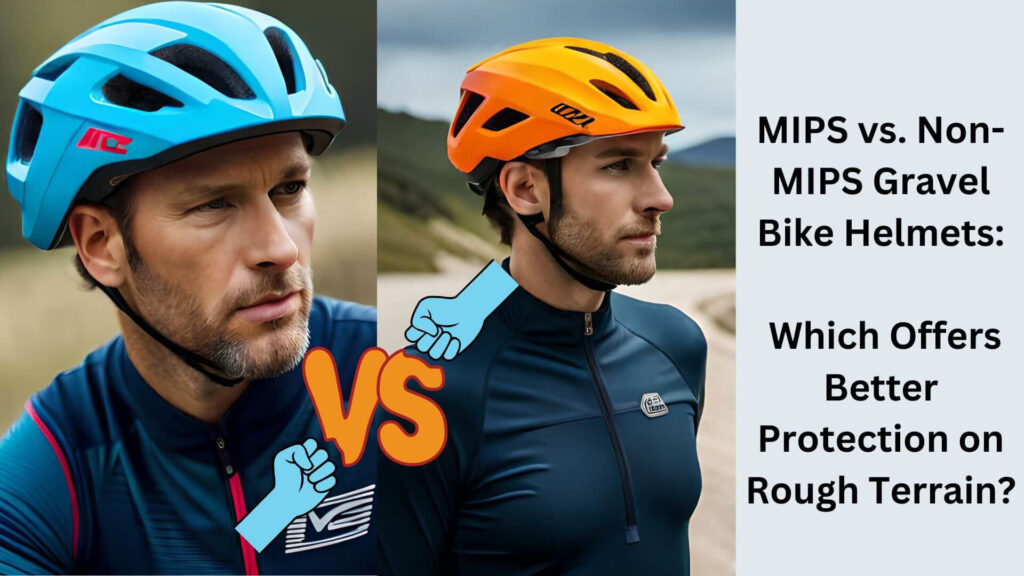
Here’s a comparison table between MIPS (Multi-directional Impact Protection System) and non-MIPS gravel bike helmets:
| Criteria | MIPS helmets | Non-MIPS helmets |
| Impact protection | During impact, MIPS technology aids in decreasing rotational forces. | Traditional helmet design helps absorb direct impact forces better |
| Comfort | MIPS helmets may feel slightly heavier due to added technology | Non-MIPS helmets may feel lighter and more comfortable for some people. |
| Ventilation | MIPS helmets may have slightly fewer ventilation holes | Non-MIPS helmets may have more ventilation holes for better airflow |
| Price | MIPS helmets generally cost more than non-MIPS helmets | Non-MIPS helmets are usually more affordable for budget-conscious riders. |
| Safety certifications | MIPS helmets are certified to meet the same safety standards as non-MIPS helmets | Non-MIPS helmets may also have additional certifications for added safety |
| Availability | MIPS helmets are widely available from various brands | Non-MIPS helmets are widely available from various brands. |
It’s worth noting that MIPS technology is designed to reduce rotational forces during impact, which may help reduce the risk of brain injuries.
However, traditional helmet designs without MIPS technology can still provide adequate protection against direct impact forces.
Ultimately, the choice between MIPS and non-MIPS helmets will depend on personal preference, budget, and specific needs for your cycling activities.
Choosing the Right MIPS-Enabled Gravel Bike Helmet: Factors to Consider Before Buying
When choosing a MIPS-enabled gravel bike helmet, there are several factors to consider to ensure you get the best protection and comfort for your rides. Here are some key factors to remember before purchasing:
- Fit and comfort: A properly fitting helmet is crucial for safety and comfort. Look for a helmet with adjustable straps and padding to ensure a secure and comfortable fit.
- MIPS version: There are different versions of MIPS technology available in helmets, each with varying levels of protection. Make sure to research which version is included in the helmet you are considering.
- Ventilation: Gravel biking can be an intense activity, so having a helmet with adequate ventilation is important to keep you cool during your rides.
- Weight: The helmet’s weight can also impact your biking comfort. Look for a lightweight helmet without sacrificing protection.
- Style and design: While safety is the top priority, there’s no harm in finding a helmet that also looks good and suits your style.
By considering these factors and researching, you can find the perfect MIPS-enabled gravel bike helmet for your needs and preferences. Remember, investing in a high-quality helmet is essential for both safety and enjoyment during your rides.
Real-Life Examples of How MIPS Saved Cyclists’ Lives in Accidents on Unpaved Roads:
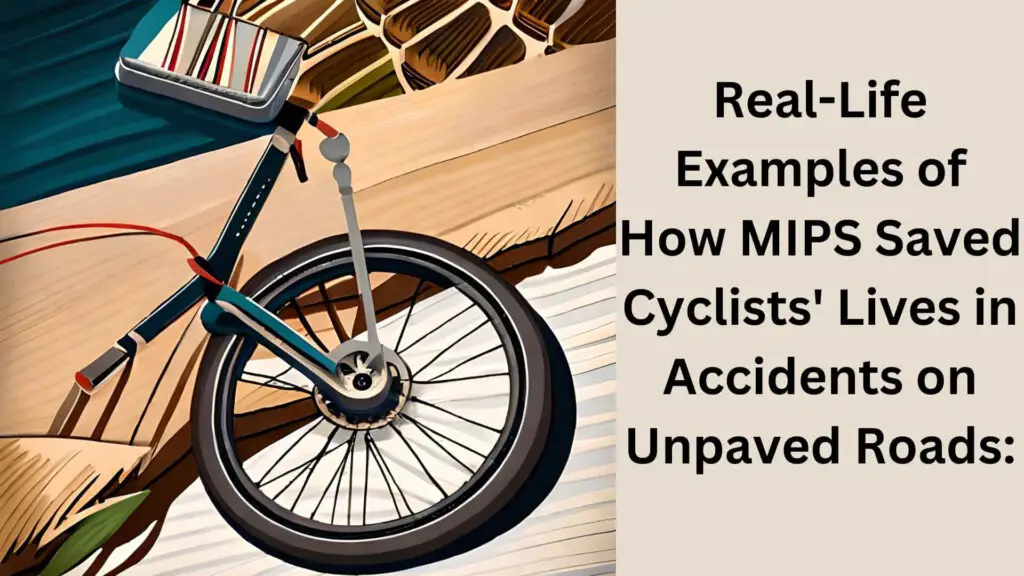
MIPS technology has proven to be a game-changer in cycling safety, especially in accidents on unpaved roads. Here are some real-life examples of how MIPS has saved cyclists’ lives in such accidents:
- A cyclist was involved in a high-speed crash while descending on an unpaved road. The cyclist wore a MIPS-equipped helmet and sustained only minor head injuries, despite the severity of the impact.
- Another cyclist was involved in a head-on collision with a car while riding on a gravel road. The cyclist was wearing a MIPS-equipped helmet and suffered only a mild concussion, thanks to the helmet’s ability to mitigate rotational forces during impact.
- In a third example, a cyclist lost control of their bike on a loose gravel road and crashed into a ditch. The cyclist wore a MIPS helmet and walked away from the accident with only minor injuries.
These real-life examples demonstrate the effectiveness of MIPS technology in reducing the risk of head injuries during cycling accidents on unpaved roads.
By allowing the head to move independently of the helmet during an impact, MIPS can significantly reduce the risk of brain injury caused by rotational forces.
If you’re a gravel biker, investing in a MIPS-equipped helmet can provide protection and peace of mind during your rides.
Check Also: 9 Best Aero MIPS Helmet MIPS Helmet for Cycling!
Gravel Biking Safety Tips
Gravel biking can be an exciting and adventurous way to explore the outdoors, but it’s important to prioritize safety while on the trails. Here are some safety tips:
- Always wear a helmet: A helmet is the most important safety equipment you can wear while gravel biking. Make sure your helmet fits properly and is MIPS-equipped for added protection.
- Use proper lighting: If you plan on biking during low-light hours, ensure proper lighting on both the front and rear of your bike.
- Wear reflective clothing: In addition to proper lighting, wearing reflective clothing can make you more visible to other riders and motorists.
- Check trail conditions: Check the weather and trail conditions before heading out. Be mindful of loose gravel, muddy areas, and other obstacles that could impact your safety.
- Bring a repair kit: Flat tires and other mechanical issues can happen, so always bring a repair kit and know how to use it.
- Carry water and snacks: Staying hydrated and fueled is essential for maintaining energy and focus during a long gravel ride.
By following these safety tips, you can ensure a safe and enjoyable gravel biking experience. Remember, safety should always be your top priority while on the trails.
What are the Common Mistakes About MIPS Gravel Bike Helmets?
Here are some common mistakes about MIPS gravel bike helmets:
- Assuming that all helmets are equal: Some riders may believe that any helmet will provide adequate protection. However, not all helmets are equal, and investing in a MIPS-equipped helmet can provide extra protection.
- Believing that MIPS helmets are too expensive: While MIPS helmets may be more expensive than non-MIPS helmets, their added protection is worth the investment. Considering the long-term cost of not investing in a MIPS helmet if an accident occurs is essential.
- Thinking that MIPS helmets are only necessary for professional riders: All riders risk experiencing an accident while biking, regardless of their skill level. MIPS helmets are designed to protect the brain from rotational forces, making them a valuable investment for any rider.
- Not properly fitting the helmet: A too-loose or tight helmet can compromise its ability to protect the rider. Following the manufacturer’s guidelines for fitting the helmet properly is crucial.
- Not replacing the helmet after an impact: If a MIPS helmet has been involved in an accident, it is essential to replace it, even if it appears undamaged. The helmet may have sustained damage that is not visible to the naked eye, which can compromise its effectiveness in the event of another impact.
By avoiding these common mistakes, riders can better protect themselves while enjoying their gravel biking experience.
FAQs About The Importance of MIPS in Gravel Bike Helmets
What is MIPS in a gravel bike helmet?
MIPS stands for Multi-directional Impact Protection System. It is a safety feature designed to reduce the rotational forces that can result from certain types of impacts to the head.
Are all gravel bike helmets equipped with MIPS?
No, not all gravel bike helmets have MIPS. However, many high-end models do, and it is generally considered an important safety feature when choosing a helmet.
How do I know if a helmet has MIPS?
Most helmets that feature MIPS will have the MIPS logo prominently displayed on the packaging or on the helmet itself. You can also look for information about the helmet’s safety features on the manufacturer’s website.
Does having MIPS make a helmet more expensive?
Yes, helmets with MIPS are more expensive than those without, but the added safety benefits are generally considered worth the extra cost.
Are there any downsides to using a helmet with MIPS?
Some riders find helmets with MIPS feel slightly heavier or bulkier than those without. However, this is a small price for the added safety benefits.
Can I replace the MIPS liner if it becomes damaged?
No, the MIPS liner is designed only to absorb the impact from a single impact. If it becomes damaged, the entire helmet will need to be replaced.
Final Word
By the end, you’ll better understand whether a MIPS helmet is the right choice for your next gravel biking adventure. So, let’s get started and discover the benefits of this innovative safety technology!

Hey, I’m Hrithik Hossain. I am the head of helmethacks.com, which specializes in safety helmets. I am looking to connect with anyone interested in purchasing a helmet or who has any questions about different types of helmets. I have over 8 years of experience as a helmet expert, and I can’t wait to help you find the perfect helmet for you. I can help you with any questions regarding helmets, from the best brands to fitting, style, and more! I really enjoy keeping people safe by ensuring they have the best protection possible.


